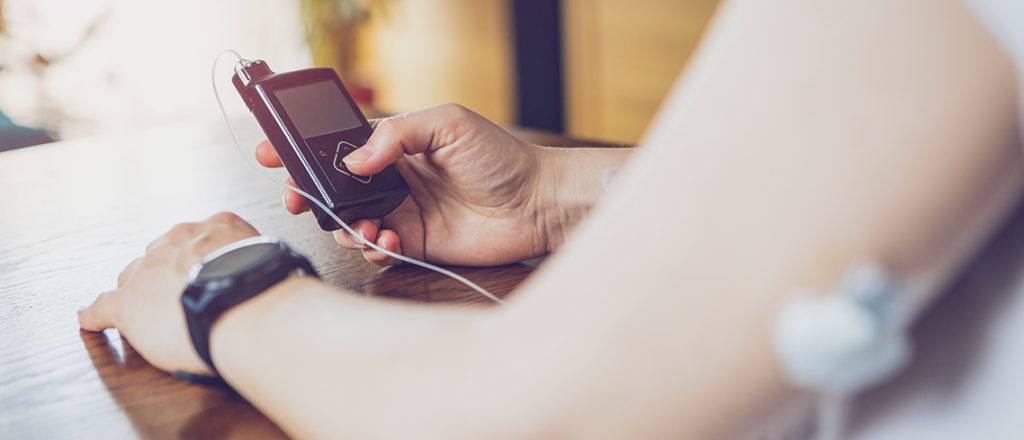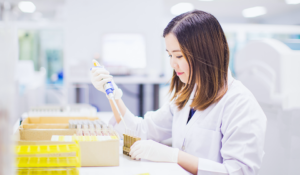
A recent study held in Australia sought to answer the question: for children and adolescents with type 1 diabetes (T1D), does a hybrid closed-loop (HCL) system improve glycemic and psychosocial outcomes compared with conventional management?
The study set out to compare the glycemic control or Time in Range (TIR) and the psychosocial outcomes of a hybrid closed-loop therapy compared to current conventional therapies of continuous subcutaneous insulin infusion (insulin pump) or MDI (multiple daily injections) with or without a continuous glucose monitor (CGM), in children and adolescents with T1D.
“Time in Range” (TIR) is the percentage of time that a person spends with their blood glucose levels in a target range. (“Time in Range | diaTribe”) The range will vary depending on the person, but general guidelines suggest starting with a range of 3.9-10.0 mmol/L. (Over time or in special circumstances such as pregnancy, some people decide to aim for a tighter range, such as 3.5-7.8 mmol/L.)
A HCL system is any insulin pump able to automatically deliver basal insulin by using an algorithm and real-time CGM sensor glucose trends. The HCL system can offer a way of managing diabetes that may improve TIR blood glucose levels; however, it still requires work from the user. (“What is a Hybrid Closed-Loop pump is it for me?”)
Psychosocial outcomes are a combination of physical and social/emotional factors that play a key role in the overall health of an individual. What the study hoped to answer was if a HCL system resulted in better TIR for participants, and if this in turn improved psychosocial health.
Study details?
The study was 6 months long. It was a multicenter, randomized clinical trial with 172 children and adolescents with T1D that took place in 5 pediatric centers in Australia. The study was designed in 2016, recruitment took place in 2017, and the study was completed in 2020.
Eligible participants were randomly assigned to either the intervention or the control group.
The primary outcome was the percentage of TIR between 3.9-10.0 mmol/L. Secondary outcomes included CGM metrics for hypoglycemia, hyperglycemia, and glycemic variability (how much the glucose levels vary). The psychosocial measures were collected using validated questionnaires and included measures such as diabetes-specific quality of life, diabetes distress, treatment satisfaction or fear of hypoglycemia for example.
What were the overall results?
- The average age of the participants was 15.3 years and 56% of the participants were female.
- In the intervention (HCL) group the TIR increased from a mean of 53.1% per day at the start of the study to 62.5% per day at the end of the study, and from 54.6% to 56.1% in the control group.
- The intervention group also had a reduction (-1.9%, 95% CI -2.5% to -1.3%) in the time spent in the hypoglycemic range.
In terms of psychosocial measures, the study found that the HCL system was associated with improved diabetes-specific quality of life. There was no change in diabetes distress scores.
This study is one of the first to report both an improvement in glycemic control (TIR) and quality of life in children and youth using a HCL system in comparison to conventional therapy.
What does this mean for children and adolescents living with T1D?
JDRF advocates patient choice and greater accessibility to diabetes technology, both with blood glucose monitors and insulin delivery systems. While it cannot be universally applied to all individuals with T1D, improved TIR may reduce some of the stress and anxiety surrounding diabetes management, although this study did not show an effect on diabetes distress. These results add to the growing evidence base indicating the positive effects of HCL systems on diabetes management and psychosocial health in young people with T1D. To learn more about JDRF’s advocacy program, please visit www.breakthrought1d.ca/accessforall




